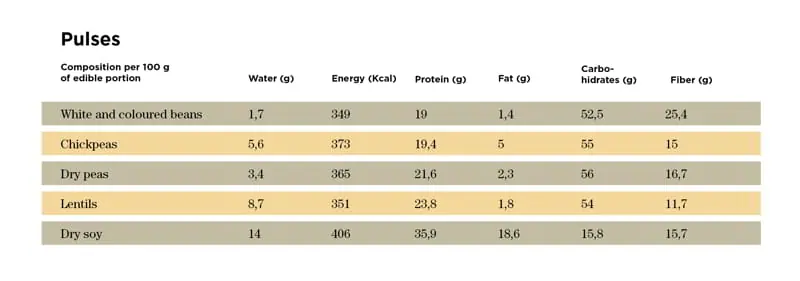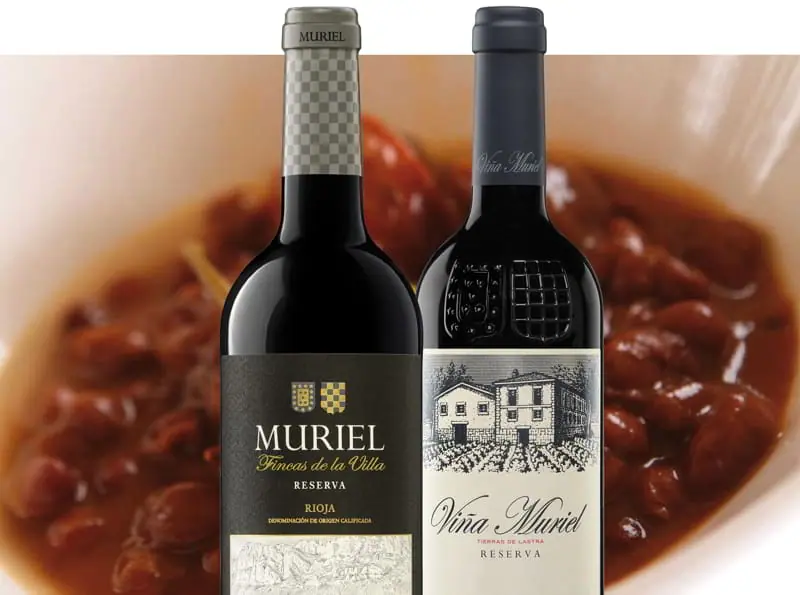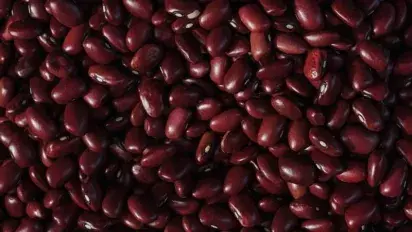You expect flavour from them and you get health as well
We are fans of pulses primarily for their culinary virtues. They are the backbone of traditional stews which are capable of transforming an everyday meal into a great little feast. Not only for their flavour and texture, but also for their ability to absorb and enhance the essence of other accompanying foods: fresh, cured and marinated meats, all kinds of seafood, fish such as cod, vegetables...
Add the healthy element to all of these virtues and you've got it all. Pulses provide tremendous nutritional benefits, including proteins, minerals, vitamins and amino acids. This chart shows the composition of the most common pulses:

Return travelers
Reading about the wonderful world of pulses, we have learnt that few crops in history have travelled more widely than pulses. Their ability to be dry stored for long periods of time favoured their expansion. One example is beans. They are native to several continents, although it was with the Greeks and Romans that they became popular in our territory. Then the Arabs brought new types ?and also the word alubia (bean in Spanish) itself.
In the 16th century, we transported our traditional black-eyed beans to America, only to come across native varieties there that were reportedly more productive, so we adopted them and brought them back to the Old Continent. From Spain, the American beans (which taxonomy christened as phaseolus, from which the Spanish word frejol originated) spread to central and northern Europe. Well-coated in tomato sauce, they are an integral part of the staple diet in England. Meanwhile, North America adopted the black-eyed beans, which have become something of a national dish in the American South.
A recipe close to the vineyards
This is the best season of the year to eat pulses and no dish is more representative of our Rioja region than caparrones.
They are a type of round red bean with medium-sized seeds. They are traditionally grown in villages such as Castañares de Rioja (a short distance from our Conde de los Andes winery) and, particularly in Anguiano, in the heart of the Sierra de la Demanda mountains.
Caparrones are typically prepared with chorizo sausage from La Rioja. This recipe demands prolonged and patient cooking, with successive additions of cold water which, as tradition has it, must "scare" the beans. This will become clear if you follow any of the numerous recipes available. Among them, we are particularly drawn to
David de Jorge's and Casa Irene's, a restaurant in Viniegra de Abajo, a village near Anguiano. (both recipes are in Spanish).
Pairing wine with caparrones
With such a rich dish, the best option is a red wine with some ageing. A Tempranillo Crianza is a fantastic option, but we think it is even better paired with either of our two Rioja Reservas: Muriel Reserva and Viña Muriel Reserva. In both cases, structure and finesse are in perfect harmony to complement the strongest flavours. Simultaneously, these wines cleanse the fattier ingredients of the recipe. What's the difference between the two? It is mainly a question of origin and grape selection, but Viña Muriel might have greater elegance and Muriel belongs to a style more in keeping with the tradition of the best Rioja Reservas. Whichever you choose, take a spoon and a glass and enjoy!
 "
"
You may also be interested in:




